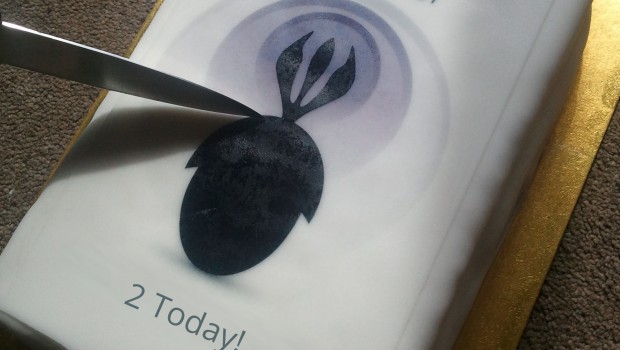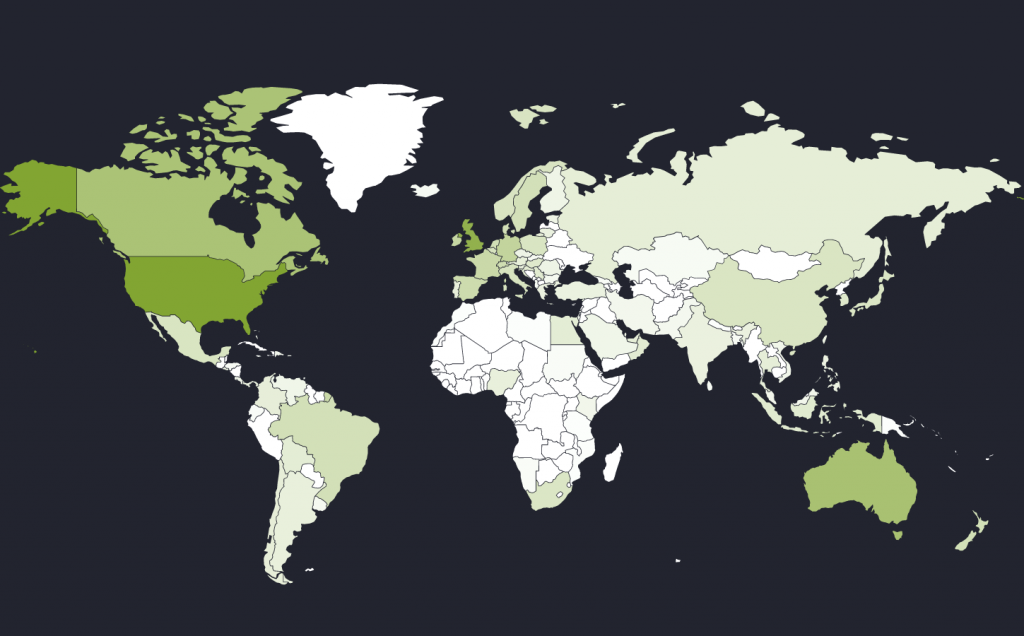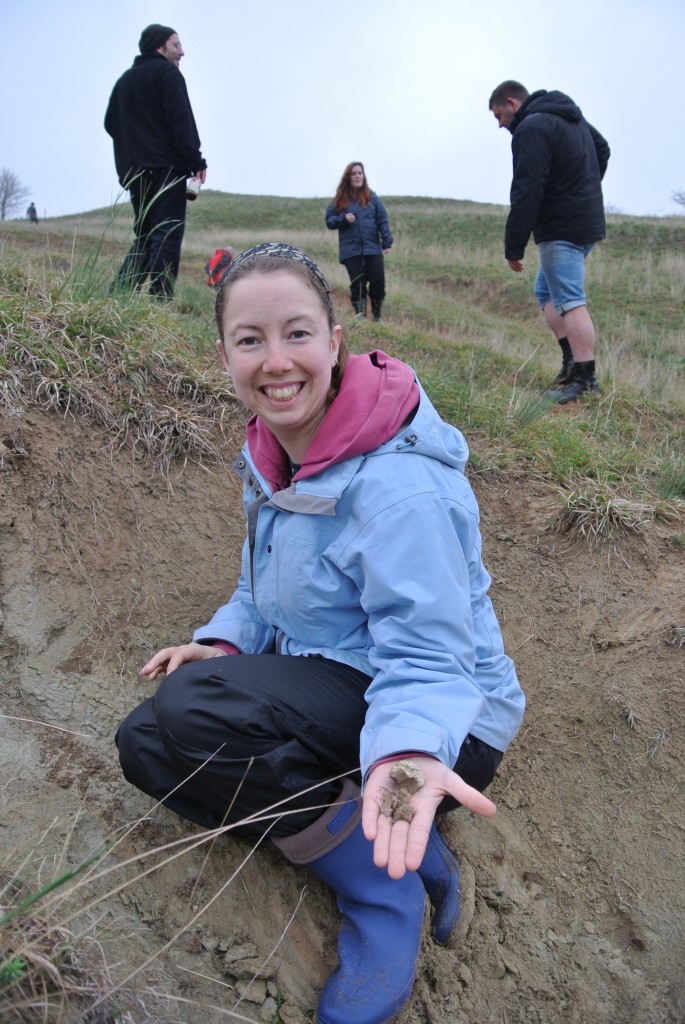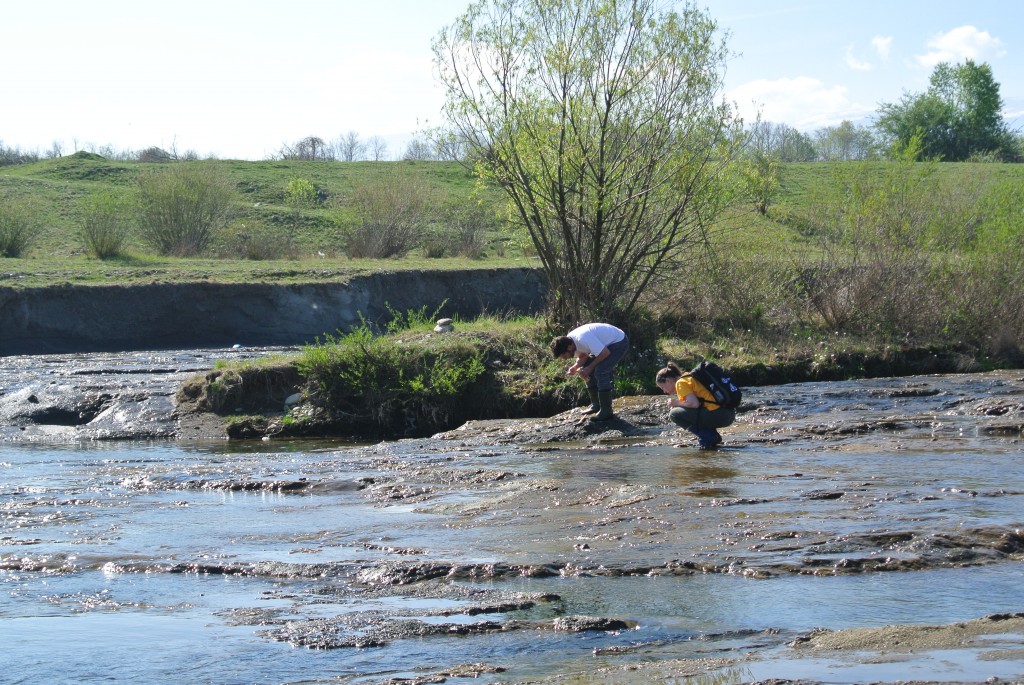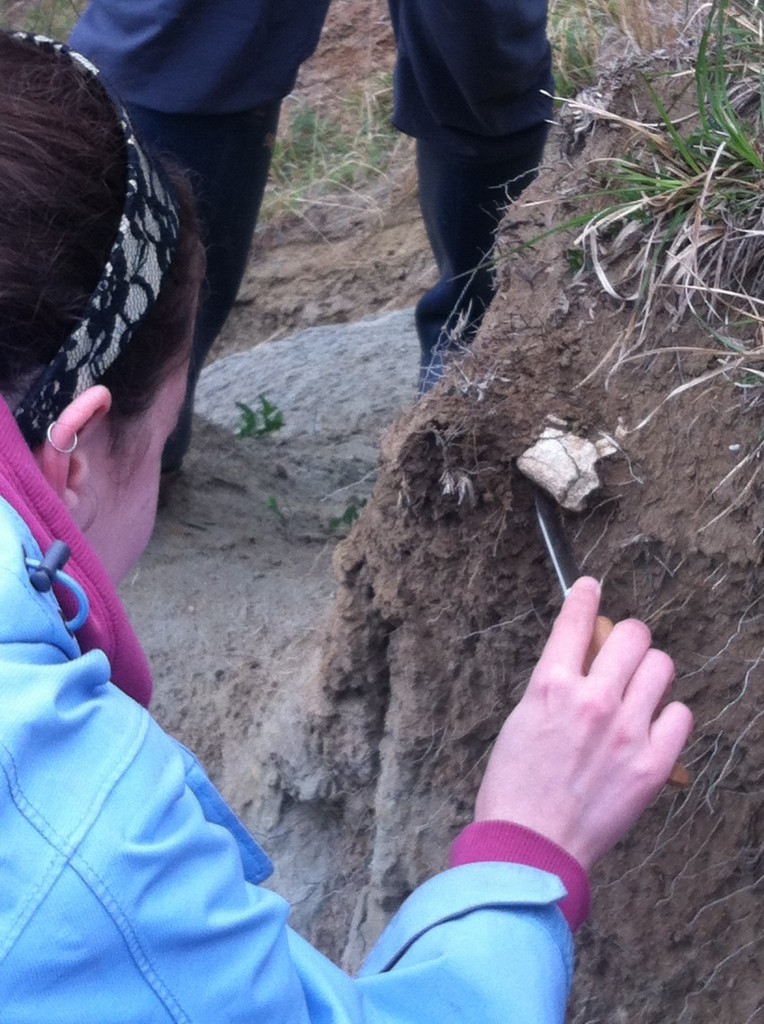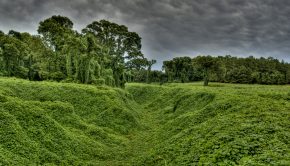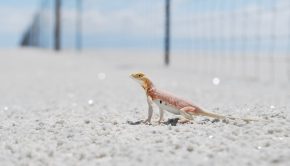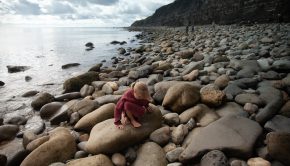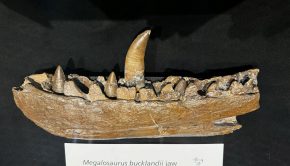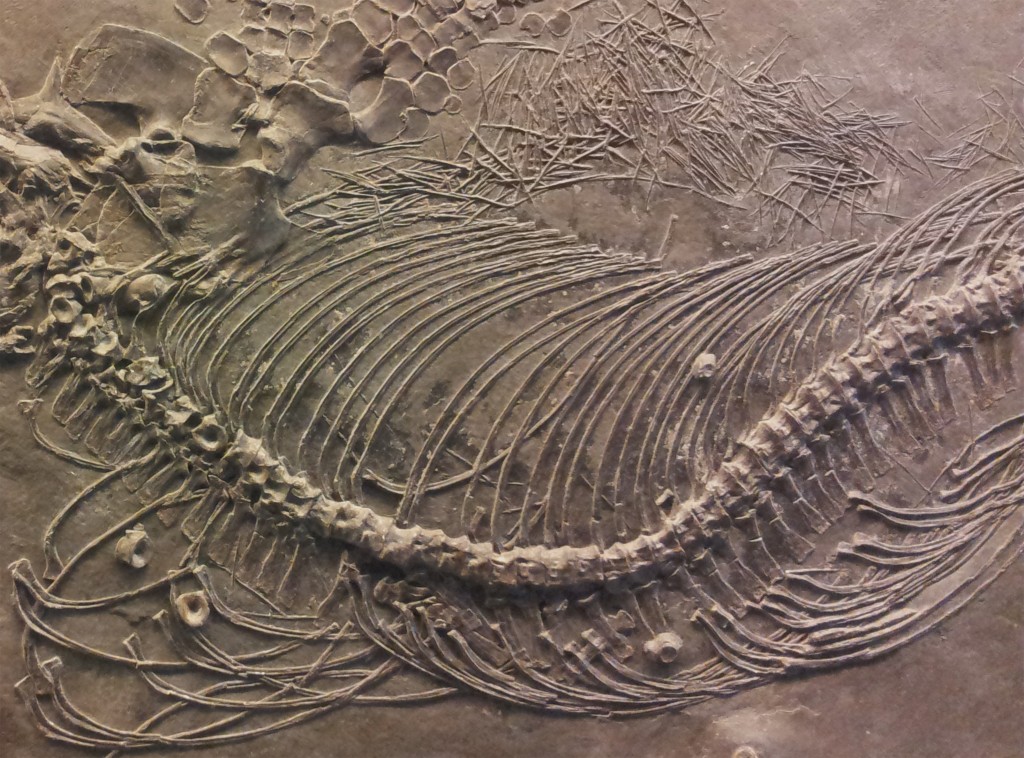Episode 33: Year Two Review
Well that year certainly went very fast! We now find ourselves embarking upon our third year, but before we do so, we’re going to take a look back at last year and see what we’ve all been up to.
Podcast: Download (Duration: 58:35 — 80.5MB)
Stats
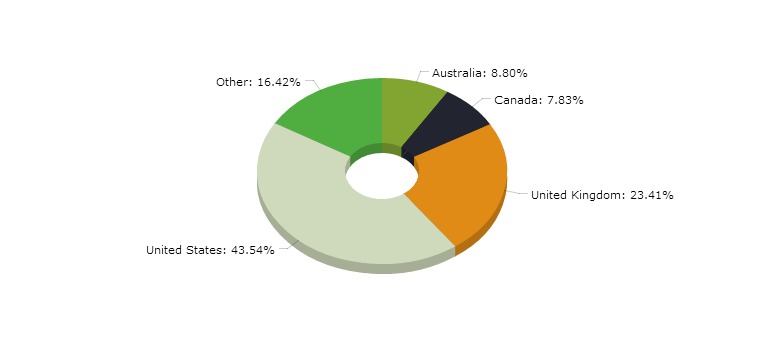
We’ve had a very successful year, reaching 55,000 downloads in total. But who are you, our audience? Well mostly Americans!
Papers
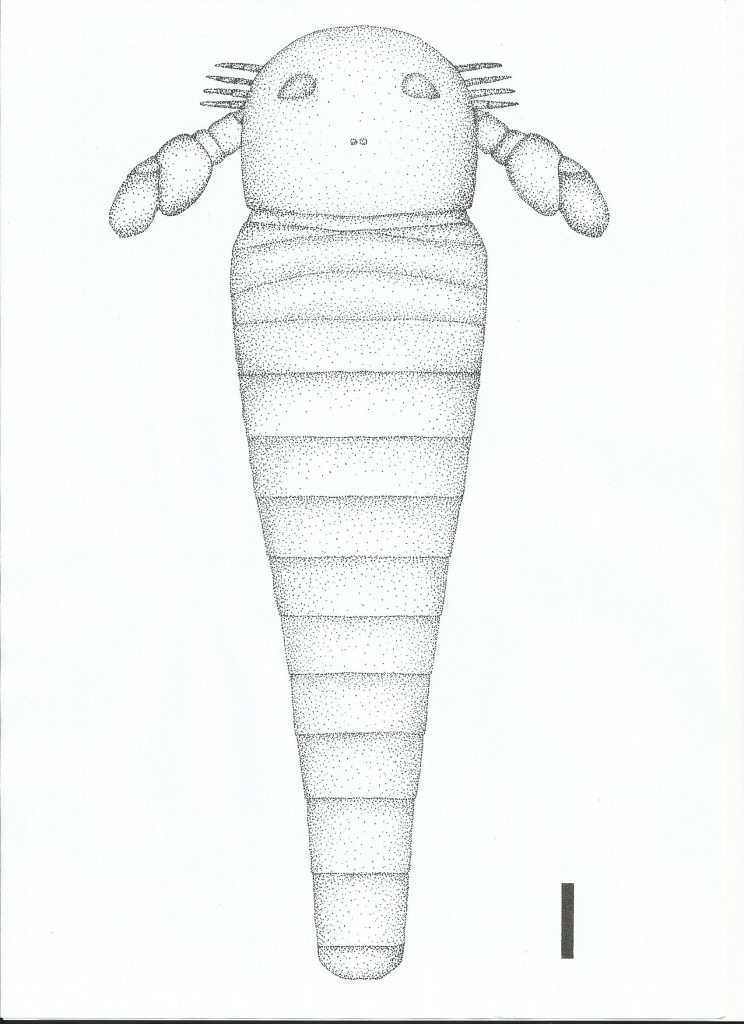
It was a good year for academic papers from the Palaeocast team. Dave finally published his work on Siberian chasmataspidids. Pictured, a reconstruction of Dvulikiaspis menneri. The paper can be found here.
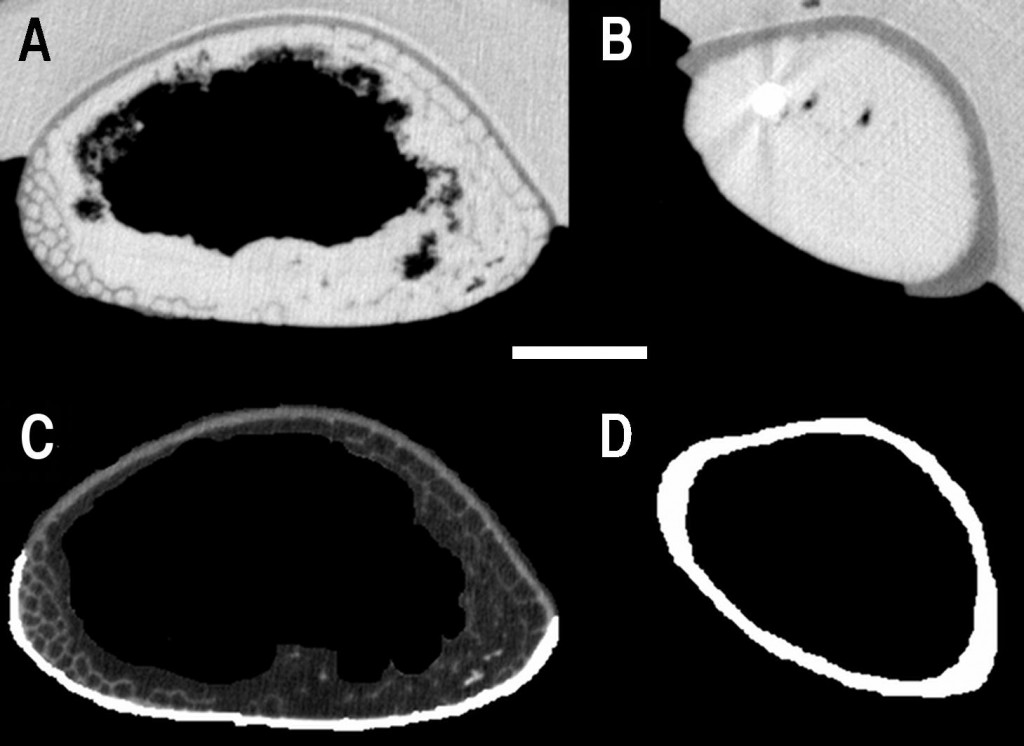
Liz released a paper on the air space proportions of pterosaur limb bones, freely available here. Air Space Proportion (ASP) is a measure of how much air is present within a bone, which allows for a quantifiable comparison of pneumaticity between specimens and species. ASP is calculated by determining the cross-sectional area of the internal, air filled cavity (the black centre of D) and dividing that by the total cross-sectional area, including the white cortical tissue and the black cavity. In areas with trabeculae, like C, the calculation of the air space includes the air found in individual trabeculae around the edges. Scale = 10 mm.
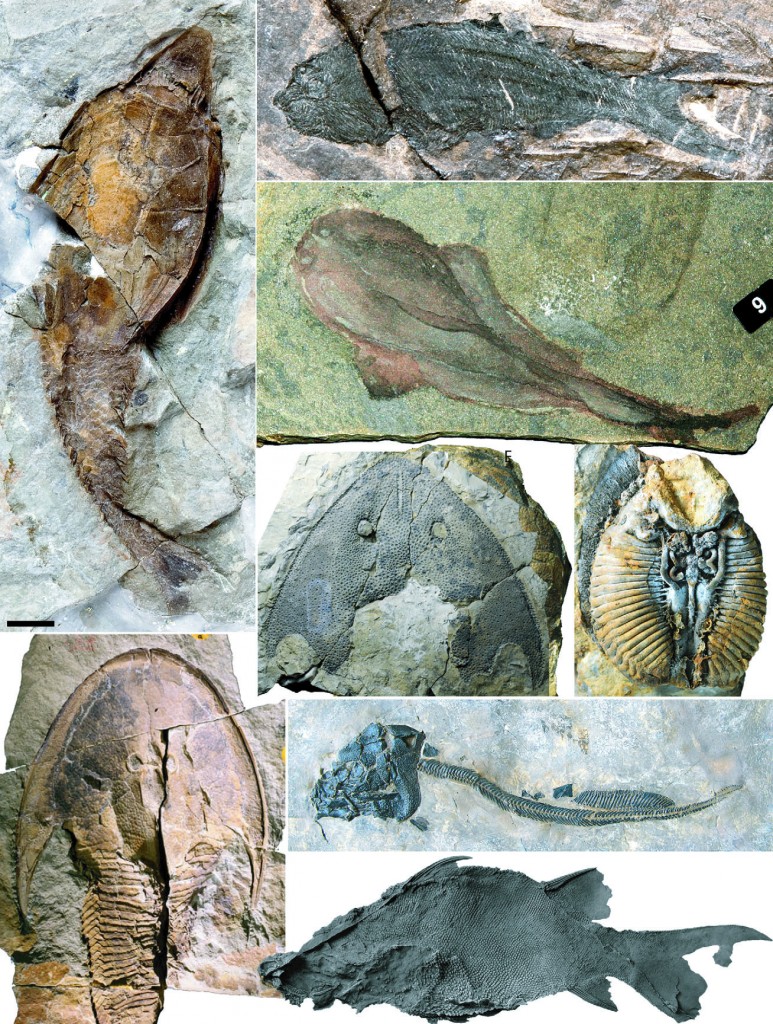
Joe recently published on early fish, a paper freely available to download here. Jawless and jawed ostracoderms and crown gnathostomes. A, Errivaspis waynensis a pteraspidid heterostracan from the Lochkovian (early Devonian) of Herefordshire, England. B, Birkenia elegans, an anaspid from the Llandovery (early Silurian) of Scotland. C, Loganellia scotica, a thelodont from the early Silurian of Lesmahagow, Scotland. D–E, headshields of the galeaspids Nochelaspis maeandrine (D) and Duyunolepis paoyangensis (E) from the early Devonian of China, the latter preserving a natural endocast of an originally mineralized braincase. F, Zenaspis waynensis, an osteostracan from the early Devonian of Herefordshire, England, preserved in dorsal aspect and preserving the dextral pectoral fin tucked between the cornual process and the trunk; G, Ctenurella gladbachensis, a pycnodont ‘placoderm’ from the late Devonian of Germany; H, Ptomacanthus anglicus, an early Devonian ‘acanthodian’ from Herefordshire, England, which has recently been assigned to both the gnathostome stem (Davis et al. 2012) and crown (Brazeau 2009; Zhu et al. 2013). Scale bar represents 12 mm (A); 6 mm (B); 11 mm (C); 25.5 mm (D); 16 mm (E); 17.5 mm (F); 19.5 mm (G); 29 mm (H).
Conferences
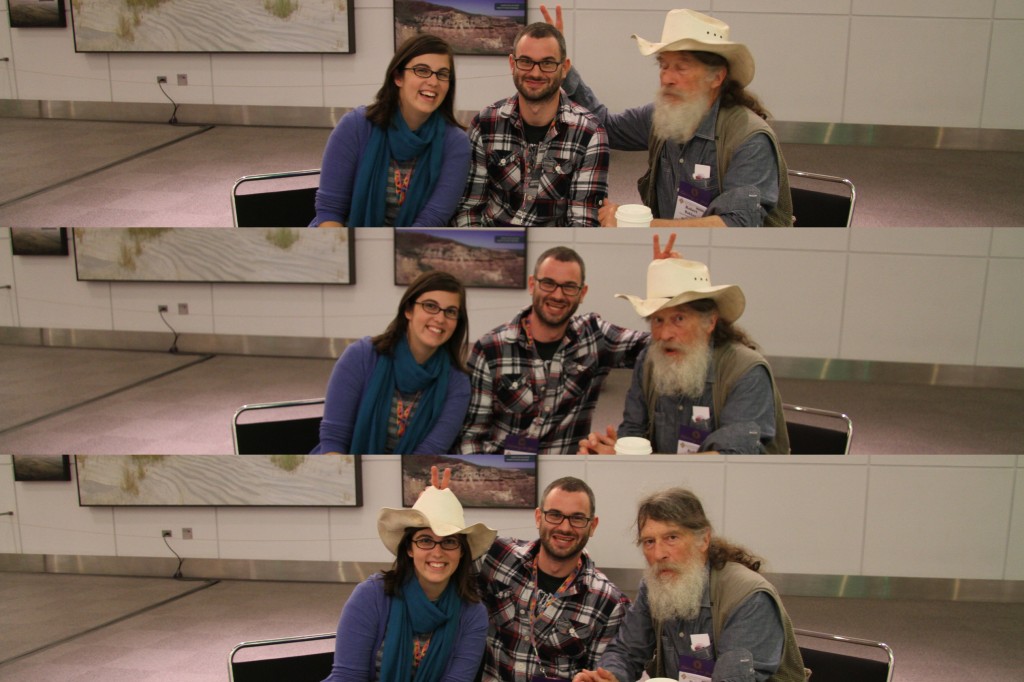
It was also a big year for conferences, with the whole team travelling round the world. One of Dave’s highlights was interviewing Bob Bakker as part of the GSA conference coverage.
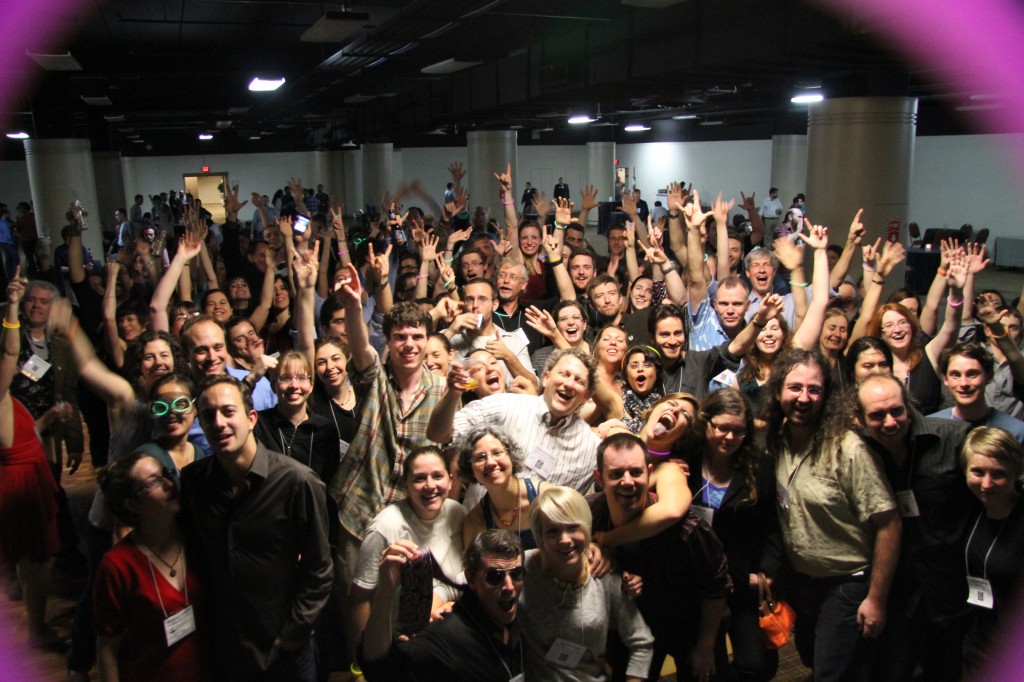
The whole team will be attending conferences over the coming months, including the massive International Palaeontological Congress 4. Although we doubt that any conference will have as big a party as we had at the Society of Vertebrate Paleontology conference in LA.
Fieldtrips
Only Liz made it into the field this year, here’s what she got up to:
“As part of the University of Southampton Vertebrate Palaeontology group, I went to Romania for a week prospecting and looking for fossils. We spent our time in two different fossiliferous areas in Transylvania – first in the area near the town of Sebeş, and later in the famous Haţeg Basin. This part of Romania was part of a group of islands during the Late Cretaceous, and a large number of interesting and important vertebrate fossils have been found here including the massive pterosaur Hatzegopteryx and the strange theropod dinosaur Balaur. Today, the fossils are found in riverbeds, both in the rivers themselves, and along the fast eroding banks. This makes fieldwork a bit tricky as many of the things we found were in the water, and most of the time you’re wandering up and down fairly shallow rivers hoping not to get swept away by the current! It was a great trip though, and we found some interesting material, which I can’t talk too much about right now, but hopefully soon! I can’t wait to go back next year.”
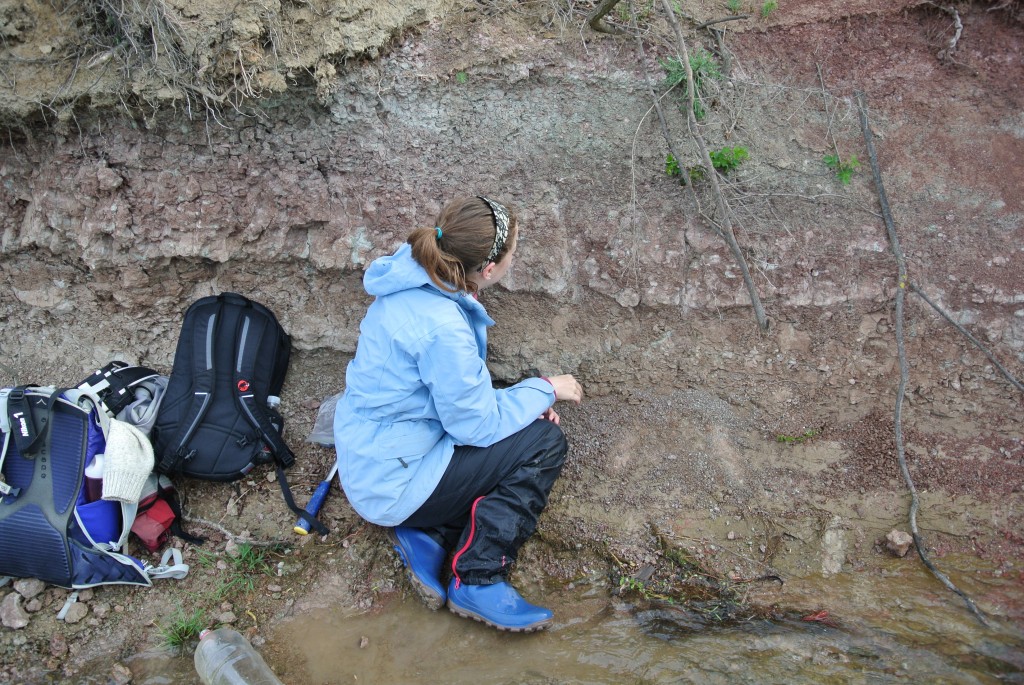
Looking at an outcrop along the side of a river where we had found some bone. We were hoping we would find more of the skeleton, but unfortunately not.
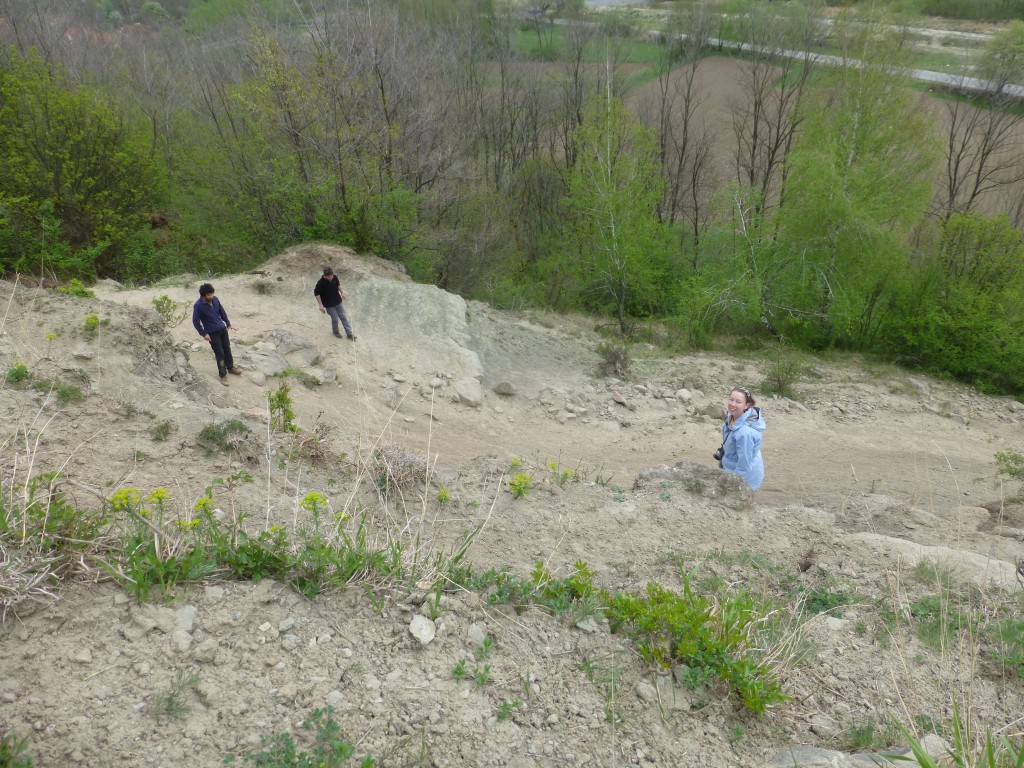
Taking a look at the UNESCO Geosite, which is where the first dinosaur fossils in Romania were found.
And finally…
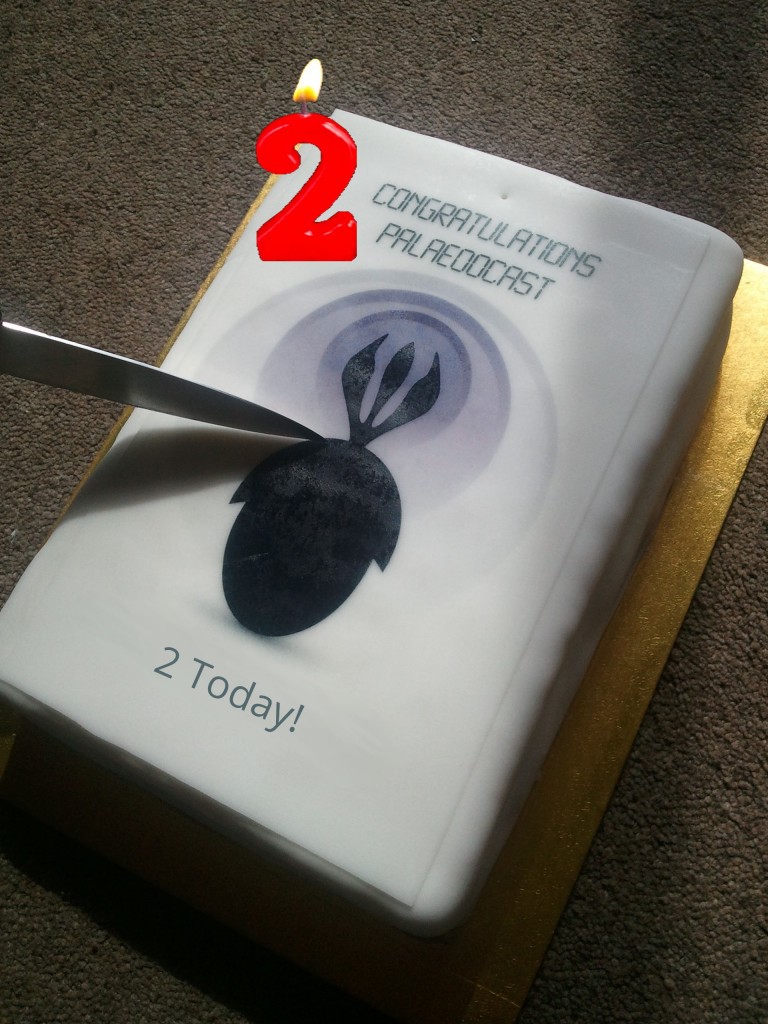
A massive thank you to all of our listeners and interviewees! Blow out the candle and make your wishes for new episodes in the comments below! Now, let’s all enjoy a slice of Palaeoocast cake.

